ISI Timeline
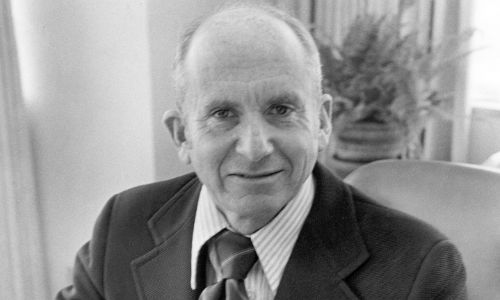
ISI Founded
Keith Uncapher, who heads RAND Corporation's computing group, approaches USC about creating a computer science institute. The Information Sciences Institute is launched five days later. Thirty days after receiving a proposal, the Defense Advanced Projects Research Agency (DARPA) funds Uncapher and his only two colleagues for $6 million.

ARPANET
ISI designs an interface for ARPANET, which later becomes the basis of the internet. Over the next several decades, ISI plays a pivotal role in creating and managing ARPANET/internet, including its core concepts, technical standards and ongoing functionality.

Emulation Engine
ISI develops a breakthrough emulation engine that easily runs legacy software while greatly speeding operations. Instruction sets aren’t yet standardized, and the engine slashes the need to continually rewrite software for new computers.
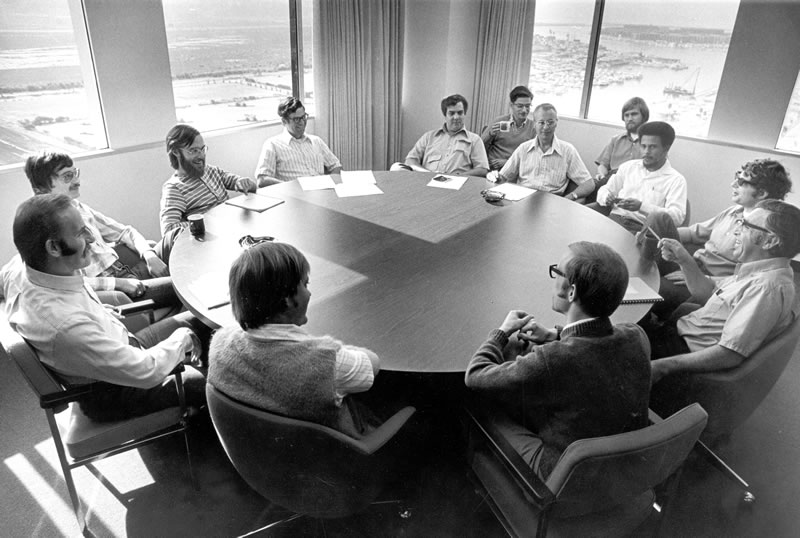
Staff Expansion
ISI continues building out a technical team that started with three people: Keith Uncapher, Robert Balzer and Thomas Ellis.
Clockwise in photo, beginning at top center: John Heafner, Leroy Richardson, Tom Ellis, unknown, Jerry Pipers, Robert Balzer, Louis Gallenson, Rob Stotz, unknown, Gary Albert, Martin Yonke, Donald Oestreicher, Ralph London.

ARPANET Voice (VoIP)
ISI's Danny Cohen implements online voice communications, the first use of packet switching for real-time voice applications. Voice transmission goes on to become fundamental to webcasts and other uses, such as Skype.

First Portable Remote-Access Terminal
ISI develops the first portable remote-access terminal, a significant step in the evolution to laptop computers. The terminal is used by the director of the Defense Advanced Research Projects Agency (DARPA), which supports ISI and the burgeoning ARPANET.
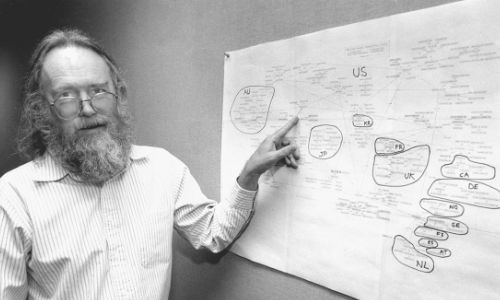
ARPANET Addressing and Request for Comments
ARPANET pioneer Jonathan Postel joins ISI, where he manages global address allocation (later named the Internet Assigned Numbers Authority, or IANA.) He also maintains the "Request for Comments" developer dialogue that catalyzes and captures the emerging network's structure. So pivotal is Postel that he informally becomes known as "god of the Internet."

First Packet Radio Terminal Concept
Development of the first packet radio terminal concept is led by Tom Ellis at ISI. A forerunner of the modern smartphone, the system proposes communicating by radio with the help of a keyboard and display screen.

Video Display
ISI modifies a Hewlett-Packard terminal to create the first full-page, character-based display – a prototype for PC workstation terminals until the arrival of LCD in the mid-1990s.
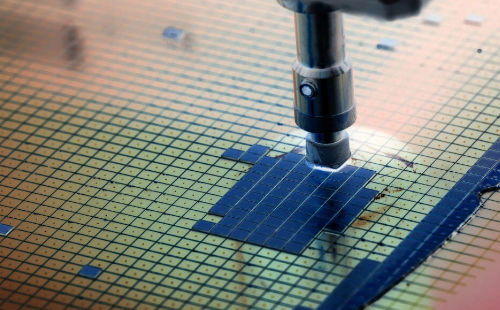
MOSIS
ISI's Danny Cohen creates the breakthrough Metal Oxide Semiconductor Implementation Service (MOSIS). Probably the world’s first e-commerce site, MOSIS slashes chip production costs by consolidating multiple customers' projects onto shared wafers. Decades later, MOSIS continues leading the fabless foundry industry we launched.
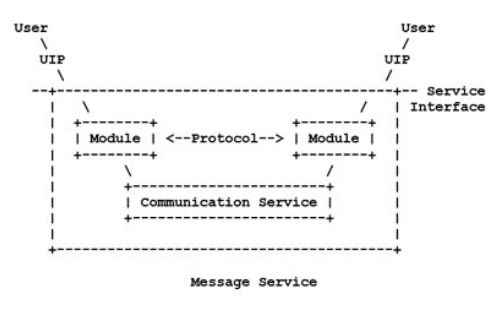
TCP/IP
Transmission Control Protocol/Internet Protocol (TCP/IP), the communications standard to which Postel and ISI colleagues have made major contributions, is deployed. TCP/IP's launch on January 1, 1983 is often considered the birth date of the internet.

Digital Phone Communications
ISI's Robert Parker creates an interface that enables phone calls to travel over ARPANET for the first time. The interface links the traditional phone system and ARPANET by converting phone signals from analog to digital and back. Digital transmission later becomes the communications-industry standard.
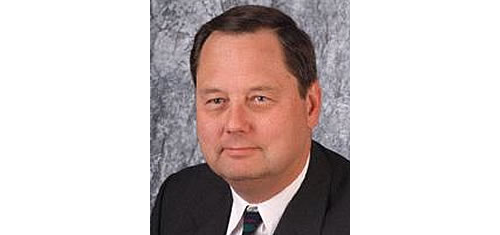
Internet Domain Name System
ISI researcher Paul Mockapetris invents the internet's pivotal Domain Name System (DNS). The DNS automatically translates text addresses, which humans can understand and remember, to numerical addresses that computers can understand. ISI soon leads DNS development and technical implementation around the globe.
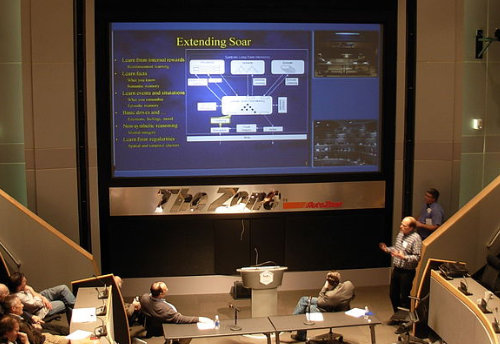
Soar AI Architecture
The first Soar artificial intelligence software, a groundbreaking cognitive architecture, appears. Led jointly by ISI's Paul Rosenbloom and colleagues at the University of Michigan, Soar is used to model human behavior in novel ways.
Photograph by brewbooks, distributed under a cc-by-sa-2.0 license.

Packet Video
ISI debuts packet video, led by Stephen Casner and Danny Cohen, and transmitted via a satellite on the building's roof. (This image is the actual satellite dish.) Video goes on to become a wildly popular fixture of the contemporary internet.

Rhetorical Structure Theory
ISI artificial intelligence researcher William Mann invents Rhetorical Structure Theory (RST), which explains precisely what makes written texts coherent. RST becomes the basis for a large body of discourse-related natural language research.

Herbert Schorr Arrives
Herbert Schorr, IBM's vice president for research, becomes executive director of ISI. Schorr dramatically broadens ISI's focus, recruits new researchers and encourages cross-disciplinary approaches. Funding sources skyrocket to include more than 20 federal agencies in science, medicine, space and defense, while staffing jumps from 160 to 350 people.

Internet Society
The Internet Society is founded to promote the internet's evolution – including its standards, administration and technical infrastructure. Postel races a colleague to become its first member. His member number is 1314159, meaning “one” followed by the first six digits of pi.

Multicast Online Transmission
Multicast transmission over the internet, or Mbone, is co-created by Stephen Casner. Two years later, Mbone is used to transmit a Rolling Stones concert worldwide via the net for the first time.
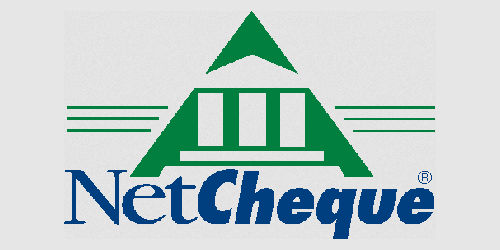
Online Payments
Clifford Neuman and an ISI colleague devise NetCash, followed by NetCheque clearing and conversion one year later. NetCash and NetCheque are among the first internet-based electronic payment systems, which explode with the rise of online commerce.

Internet Commerce
Danny Cohen creates the FastXchange brokering system, a pioneering online business.

Grid Computing
ISI's Carl Kesselman partners with Argonne National Laboratory and University of Chicago colleagues to create grid computing, the prototype for the now-standard Globus open-source software. Grid computing becomes fundamental to genetics and other data-intensive research.

ISI Arlington Founded
ISI extended its reach for talent and funding by establishing an office in Arlington, VA, in the Washington, DC, Metro area. In addition to enabling people already living in the area to work at ISI without having to move to Los Angeles, this also gave ISI a presence close to the many Federal agencies that provide much of our research funding.
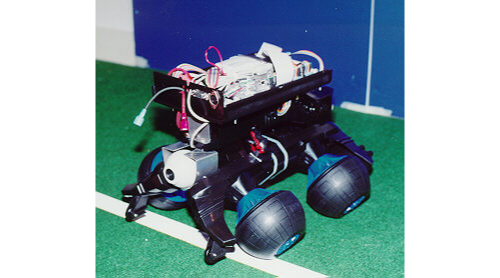
Robotic Soccer
Wei-Min Shen's robot "Dream Team" becomes the world champion in mid-sized robot soccer, tying with a Japanese team for overall honors. Shen's team outperforms more than 40 teams from 11 countries at the first Robot World Cup Initiative in Nagoya, Japan. Shen and ISI receive enthusiastic coverage from the Associated Press and numerous other news outlets worldwide.
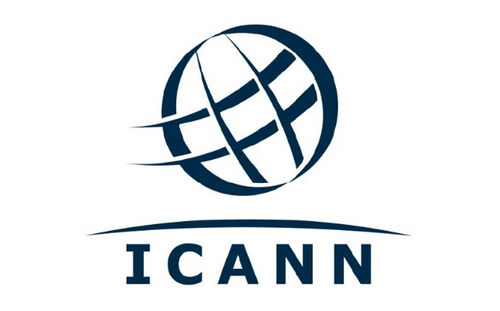
ICANN
As Internet usage explodes, Postel and Internet collaborators work with the White House and Department to Commerce to create the Internet Corporation for Assigned Names and Number (ICANN). IANA management is transferred to ICANN, which is based in ISI's Marina del Rey headquarters building.
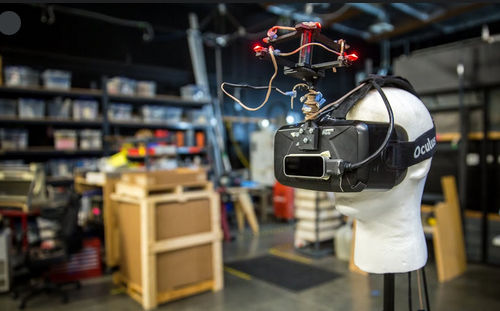
Virtual Reality
ISI spins off the USC Institute for Creative Technologies (ICT), a pioneer in virtual reality and other immersive technologies for military and civilian uses. ICT goes on to create breakthrough 3D special effects for the Academy Award-winning film Avatar.
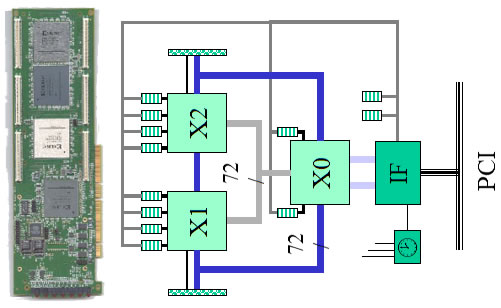
Adaptive Computing
ISI accelerates high-performance computing by utilizing FPGAs, integrated circuits that can be configured after manufacturing. The chips are deployed in a novel architecture for embedded computing and, for the first time, in cluster computing. Work is incorporated into supercomputers by industry pacesetter Cray Research.

Internet Speed
ISI collaborates on development of Internet2, which sets a land speed record.

Practical Rhetorical Structure Theory
Daniel Marcu of ISI demonstrates how Rhetorical Structure Theory can be used in practical discourse parsing and text summarization applications. Marcu works with the Educational Testing Service, which administers and scores student exams in more than 180 countries, to deploy RST-based discourse parsing for scoring millions of essays automatically each year.

"Pixel" Anniversary
The word "pixel," first used in a 1971 patent application filed by ISI's Peter Will and colleagues, turns 30 years old.
Pegasus
Development started on Pegasus, the popular open source workflow management system developed at ISI. Pegasus traces its roots to the NSF funded GriPhyN (Grid Physics Network) project that ran from 2000-2006. During this period, the Pegasus team developed the core concepts on which the system is still being based today, including automated data management, scalability, and performance.

DETER Cybersecurity
ISI partners with UC Berkeley on Cyber Defense Technology Experimental Research (DETER), a major cybersecurity testbed. Led by ISI's Terry Benzel, DETER later adds "research on research" to serve 600-plus cybersecurity experimenters in 16 countries. The goal: accelerating innovative defenses by advancing cybersecurity science and experimentation.
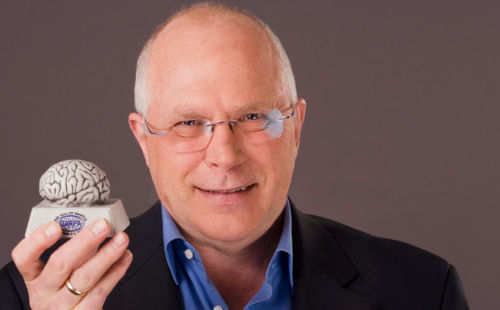
Biomimetics
ISI's John Granacki collaborates with USC Viterbi faculty to create brain-implantable biomimetic electronics as neural prosthetics. Research aims to replace damaged brain regions with neuro-computational chips that communicate with other, intact brain regions.

Univa Corp
A company created from ISI research to commercialize Grid Technology and builds optimization and management software for traditional, dynamic and cloud data centers. Later acquired by Altair.

Robotic Construction
Robotic construction methods, essentially large-scale 3D printing, are pioneered at ISI in a technique known as Contour Crafting.

Alelo
Alelo, originated out of a USC ISI research project, Tactical Language Trainer developing interactive language training systems.
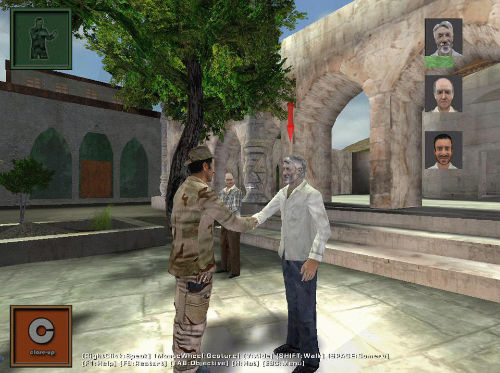
Serious Games
US troops deploying to the Persian Gulf begin learning Arabic via an ISI video game.
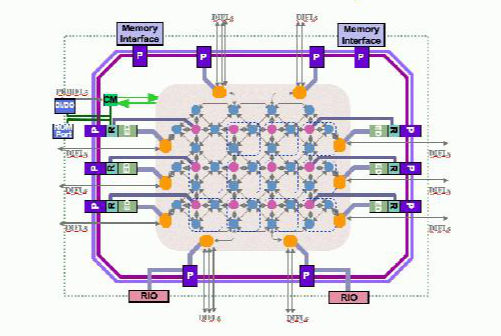
Chip Supercomputing
ISI's John Granacki, Jeffrey LaCoss and Jeffrey Draper create the world's first self-reconfiguring supercomputer-on-a-chip with IBM and other corporate partners.

Reconfigurable Robots
An ISI robotics team led by Wei-Min Shen deploys self-configuring polymorphic robots to win the International Conference on Robotics and Automation contingency competition.
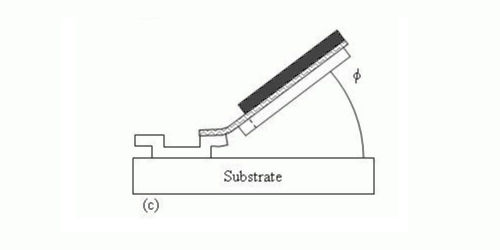
Targeted Drug Delivery
Peter Will and colleagues demonstrate the feasibility of manufacturing tiny, origami-like drug delivery containers. Nano quantities can reach precise sites in the human body.

Biomedical Informatics
Kesselman leads an overhaul of the Biomedical Informatics Research Network for the National Institutes of Health, transforming the network from hardware- to software-based, with distinguished partners from Harvard University, UCLA and UC Irvine.
First Physics-based SoCal Seismic Hazards Map
The Southern California Earthquake Center (SCEC) uses Pegasus to generate the first ever physics-based seismic hazards map for the Southern California region. This was a a high-point of many years of close collaboration between SCEC and Pegasus team members, and the work leading to this won the team the best paper award for their publication at EScience conference 2006.
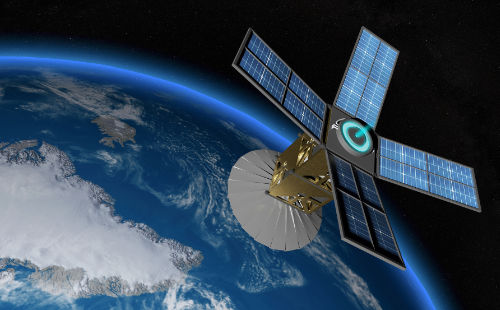
Nano-Satellites
The first commercial space vehicle is launched by Space Exploration Technologies (SpaceX) carrying a communications nano-satellite developed in part by ISI.

Malware Exposure
ISI's Michael Bajura develops chip-imaging methods to detect insertion of malicious circuits before damage can be inflicted.
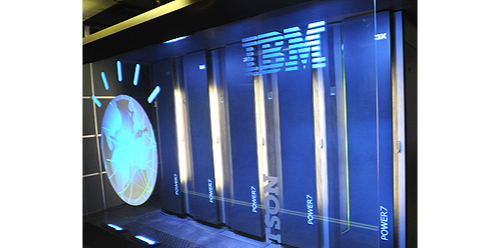
Language Processing
ISI researchers Jerry Hobbs, Eduard Hovy and Hans Chalupsky collaborate with IBM to design learning systems for the Watson computer. Watson then famously beats humans on the Jeopardy! TV quiz show.
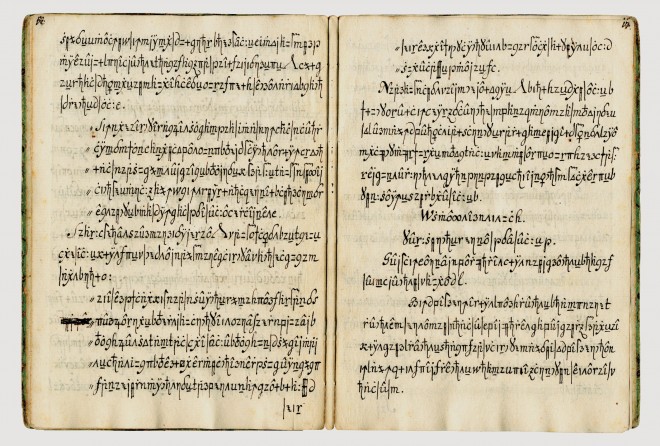
De-encryption
ISI's Kevin Knight and colleagues decode the famed Copiale Cipher, a manuscript that has resisted cracking since the 1730s, to reveal a complex substitution code.

Satellite Tracking
A nano-satellite — designed and built at ISI and USC — is launched successfully, becoming the first to deploy a parabolic dish and track a point on earth.

Quantum Computing
The USC-Lockheed Martin Quantum Computing Center (QCC), led by USC professor Daniel Lidar and ISI's Robert F. Lucas, launches. The QCC utilizes the world's first commercial adiabatic quantum processor, the D-Wave One.

ISI's 40th Anniversary
A tribute seminar features ARPANET visionary Robert Kahn, VLSI father William Sutherland, artificial intelligence pioneer William Swartout, ICANN chief executive Rod Beckstrom, and USC professor emeritus George Bekey. Among the attendees: alumni Robert Balzer, who co-founded ISI, and Danny Cohen, whose groundbreaking contributions include VOIP and MOSIS.
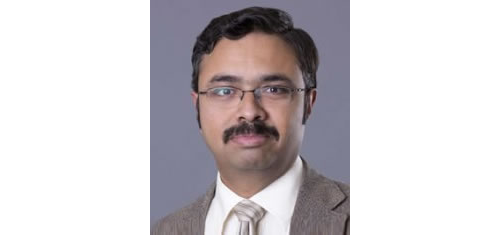
Premkumar Natarajan Arrives
Prem Natarajan assumes leadership of ISI. An expert in optical character recognition, speech processing and multimedia analysis, Natarajan is a former Raytheon BBN executive and longtime ISI admirer. He expands research leadership, streamlines operations and launches a computer vision group that receives substantial funding, among other successful initiatives.
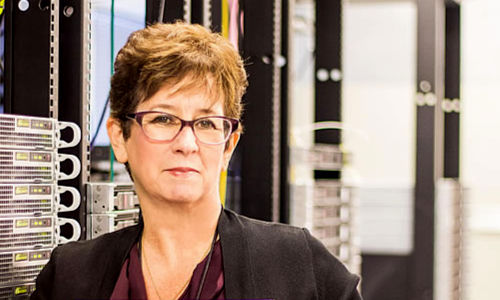
Cyber Risk Exposure
DETER co-director Benzel testifies before the US Congress about the need for new cybersecurity approaches and technologies.

Supercomputing
The US Department of Energy funds a major university-national lab coalition for supercomputing. The Institute for Sustained Performance, Energy, and Resilience is led by ISI's Lucas, who also headed its predecessor.
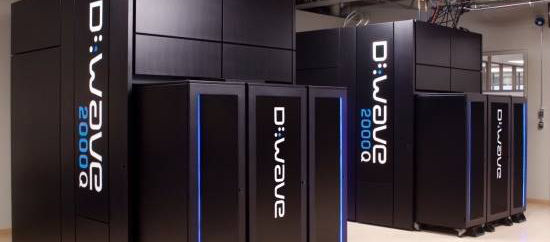
Quantum Confirmation
Quantum researcher Federico Spedalieri of ISI witnesses the "entanglement effect," demonstrating that the D-Wave system is actually performing quantum processing.

Sports Analytics
ISI researchers Rajiv Maheswaren (pictured) and Yu-Han Chang apply data analytics to basketball, and successfully launch a startup that commercializes the approach.

Human Trafficking
Craig Knoblock and Pedro Szekely of ISI develop an Internet search tool to expose and combat shadowy, often brutal human trafficking. Their cloud-based analytics tool, Domain-specific Insight Graphs, uses open-source software to identify and extract web information, producing meaningful, searchable information for law enforcement.

Social Media
A team headed by ISI's Aram Galstyan creates the nation's fastest, most effective method to identify fake Twitter accounts, or bots.

Keston Endowment
Real estate entrepreneur and philanthropist Michael Keston and his wife, Linda, gift $3.5 million to create the first endowed directorship position at ISI. The funding supports ongoing work and helps diversify the Institute’s research portfolio.

Detecting Gravitational Waves
Pegasus software, whose development is led by ISI's Ewa Deelman, is instrumental in detecting gravitational waves. The long-awaited discovery, predicted by Einstein’s Theory of Relativity and made by Laser Interferometer Gravitational-Wave Observatory physicists, is among hundreds of projects and millions of workflows managed with Pegasus.

Online Social Behavior
ISI's Kristina Lerman continues making fundamental contributions to online social behavior research. Among them: social network illusions that cause people to believe rare events are common, why more content doesn't go viral, and how Twitter may track disasters more quickly than the US Federal Emergency Management Agency.

New Territory
ISI extends its physical footprint across the nation by establishing a third physical presence in Boston, Mass, in addition to the main campus in Marina del Rey, California, and a research office in Arlington, Virginia.
Diamonds that Deliver
The DOE Panorama Project and Pegasus software, led by Ewa Deelman, aided in neutron simulation analysis of tRNA-nanodiamonds on the Titan Supercomuter. Spallation Neutron Source Scientists at the Oak Ridge National Laboratory confirmed that nanodiamonds enhance the dynamics of tRNA when in the presence of water.

Lucid Circuit, Inc.
Lucid Circuit, Inc. Spin off to develop microchips for space-based geospatial analytics in small satellites based on original research and development while at ISI.
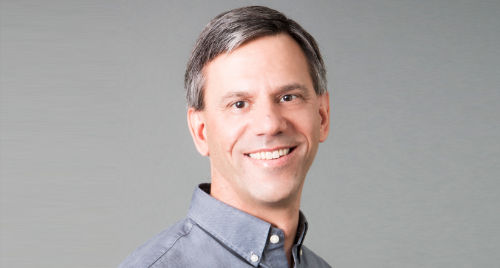
Craig Knoblock assumes leadership of ISI
As the Keston Executive Director of ISI, Dr. Knoblock is responsible for sustaining and strengthening an environment where the groundbreaking basic and applied research of ISI's faculty and staff researchers, post-doctoral, and graduate students at ISI can flourish.
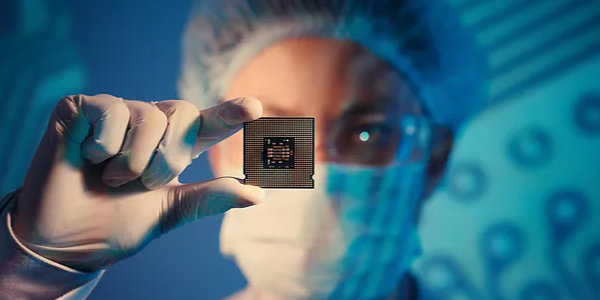
Optimal IC Technologies, Inc.
Optimal IC Technologies, Inc., A Colorado start-up licenses technology developed at ISI to commercialize semiconductor design technology

Kidney Research
New insights into how kidneys form, which could pave the way for engineering new kidneys, were made possible in part thanks to a software program developed by ISI Division Director Carl Kesselman and his team. The program, called DERIVA, collects data from microscopes, which is organized along with other study data into virtual albums that can be easily shared with researchers.
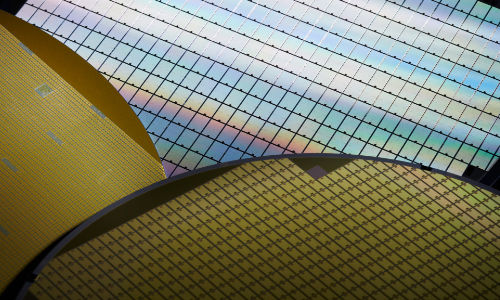
An alliance with Intel Corporation
ISI's MOSIS operations creates an alliance with the Intel Corporation to offer its foundry technology to the electronics community. This is the first time ever that Intel opens it's foundry to all users using MOSIS skills and expertise.

2019 ACM Software System Award
Former ISIer Paul Mockapetris was recognized by the Association of Computing Machinery with the 2019 ACM Software System Award for the development of the Domain Name System (DNS). DNS provides the worldwide distributed directory service, which is an essential component of the functionality of the Internet, and was developed at ISI by Mockapetris in 1983.
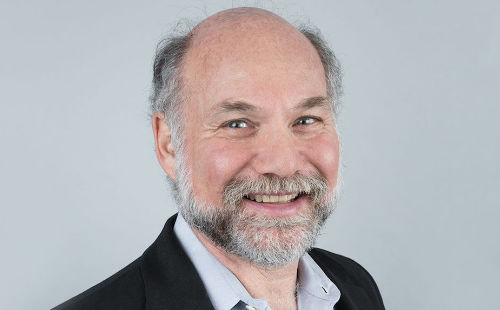
Harry H. Goode Memorial Award
Carl Kesselman is awarded 2020 Harry H. Goode Memorial Award from the Institute of Electrical and Electronics Engineers (IEEE) “for sustained contributions to high-performance computing and distributed systems at the highest level."
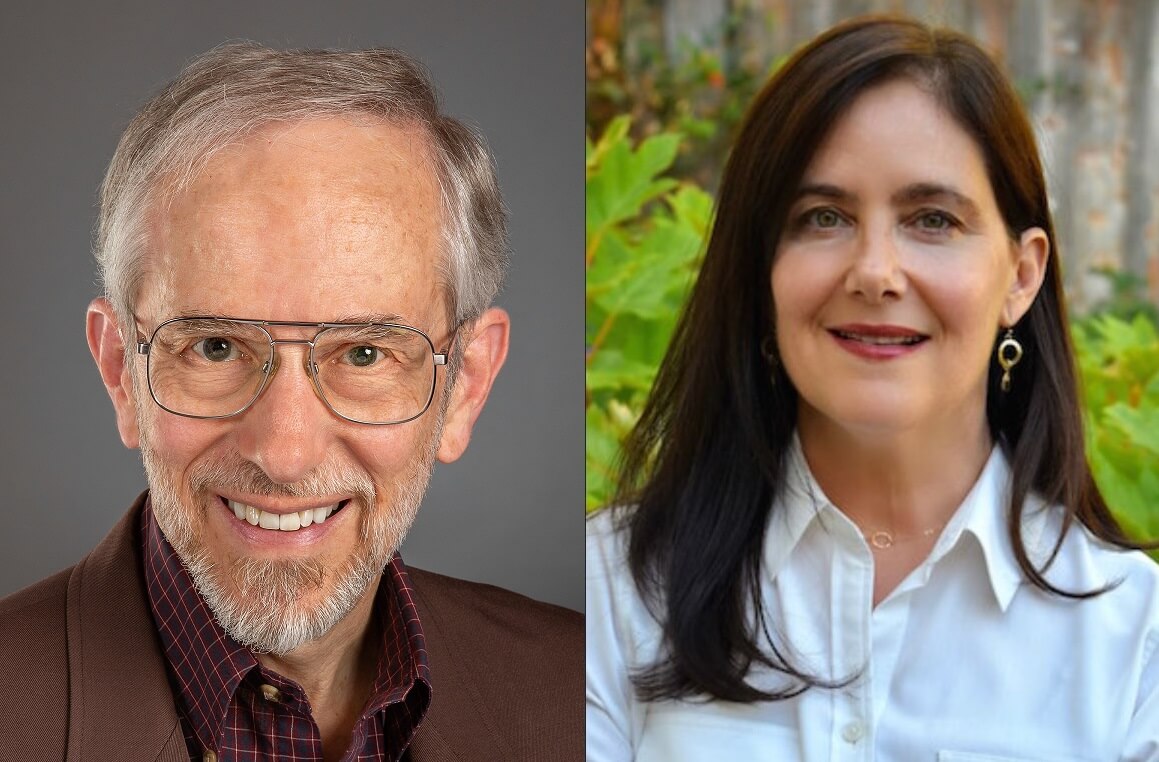
Former ISIers receive IEEE Internet Award
Stephen Casner and Eve Schooler were recognized as co-recipients of the IEEE Internet Award for their distinguished leadership in standards and formative contributions to Internet multimedia protocols. The IEEE (Institute of Electrical and Electronics Engineers) is the largest global technical professional organization for the advancement of technology.